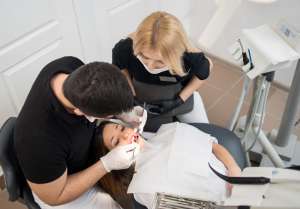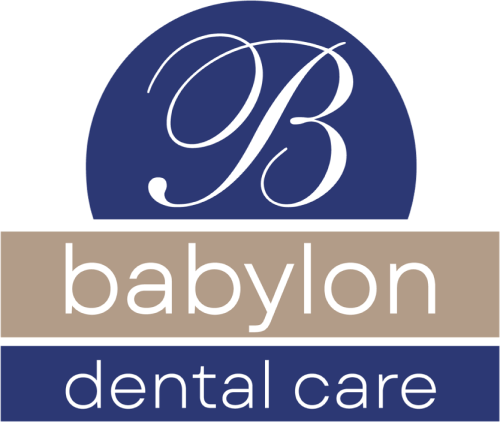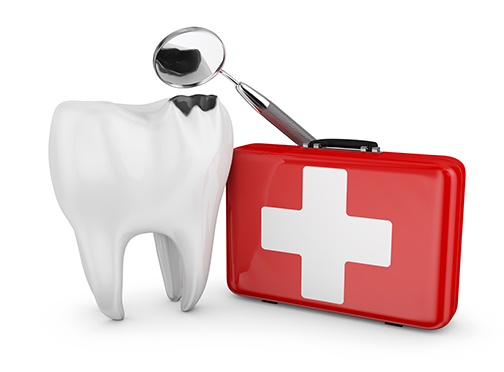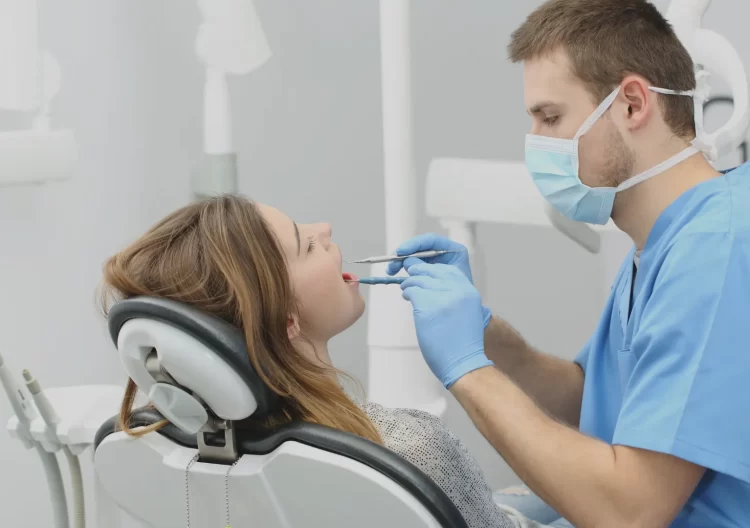 Tooth emergencies can happen suddenly and unexpectedly. Knowing how to respond when you have a dental emergency can lessen the severity and aid in your recovery. Below are three common dental emergencies that require you to see a dentist as soon as possible.
Tooth emergencies can happen suddenly and unexpectedly. Knowing how to respond when you have a dental emergency can lessen the severity and aid in your recovery. Below are three common dental emergencies that require you to see a dentist as soon as possible.
Cracked or Broken Tooth
While teeth are very strong, they can crack, chip, or break from trauma such as being hit in the mouth or falling. Teeth can also break or chip from biting down on hard food or from having cavities that weaken the tooth.
When a tooth cracks or breaks, it may not hurt. But your tongue will quickly be able to feel the sharp area. Minor tooth breaks typically aren’t painful, but if a large piece of the tooth breaks off it can hurt because it damages the nerve inside the tooth. This condition can’t be treated at home. You need to see a dentist immediately. Your dentist can determine if a cavity caused the break and if the tooth’s nerve is in danger. A damaged nerve will usually require a root canal, a common treatment used to repair teeth.
Knocked Out Tooth
Knocked out permanent teeth can usually be re-implanted. If the tooth is re-implanted within the first 30 minutes, it has the greatest chance of success. Here’s what you should do if your tooth is knocked out:
- Carefully collect tooth or tooth fragments. Touch only the top part of the tooth, don’t touch the root. Rinse the tooth gently in water for less than 10 seconds if there is foreign matter on it.
- Reinsert or store tooth. Rinse mouth with water and, if possible, reinsert the tooth into the correct socket and bite on a gauze pad to hold the tooth in place. If the tooth can’t be reinserted, store it in whole milk or between your cheek and gum to prevent drying.
- Treat symptoms. Control bleeding with gauze or cloth. For swelling, apply a cold compress.
- See a dentist immediately. Take the tooth or tooth fragments with you to the dentist if you were unable to reinsert them.
Even if you are able to successfully reinsert your tooth, it is essential that you visit your dentist as soon as possible.
Abscessed Tooth
A severe and potentially fatal condition in which a pocket of pus inside the tooth has led to a bacterial infection. Symptoms may include fever, persistent toothache, tooth sensitivity to hot and cold, tender lymph nodes in your neck, face swelling, and bumps on your gums near the infected tooth. The infection can spread to your jaw bone and other areas of the body. Before you see a dentist, rinse your mouth with salt water to reduce the pain and draw the pus to the surface.
Emergency vs. Non Emergency
A broken tooth, knocked out tooth, and abscessed tooth are just three of the common dental emergencies that require a speedy response to resolve them. Other situations may not require immediate help from a dentist. It helps to know the difference between a dental emergency and a lesser situation that won’t require the same immediate response.
An example of a common non-emergency would be a soft tissue injury like a bitten lip. In this case, apply firm pressure to control the bleeding. Continue the pressure for 15 minutes. If swelling occurs, apply a cold compress. If the tooth isn’t loose and the bleeding stops, this would not be an emergency. However, if you cannot control the bleeding with pressure, call your dentist’s emergency line or a hospital emergency room for help.
If you are faced with a dental emergency in New York, contact Babylon Dental Care for assistance.



